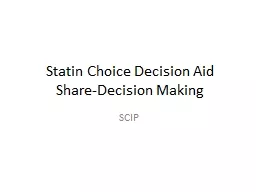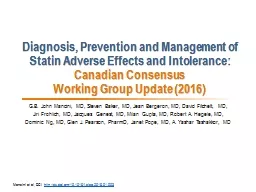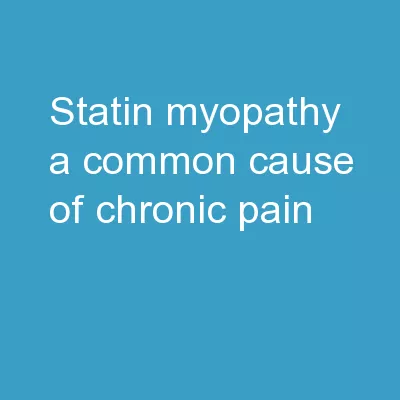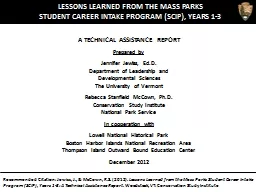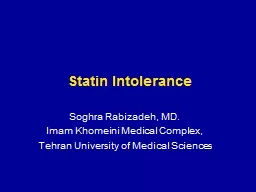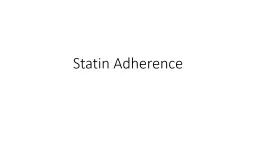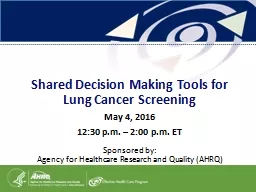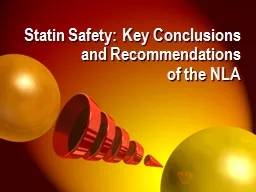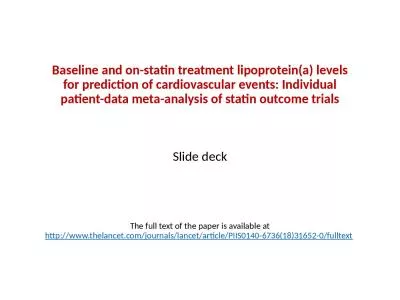PPT-Statin Choice Decision Aid Share-Decision Making SCIP Shared Decision Making
Author : yoshiko-marsland | Published Date : 2019-11-02
Statin Choice Decision Aid ShareDecision Making SCIP Shared Decision Making Shared Decision Making Glasziou and Haynes ACP JC 2005 Promote a process where patients
Presentation Embed Code
Download Presentation
Download Presentation The PPT/PDF document "Statin Choice Decision Aid Share-Decisio..." is the property of its rightful owner. Permission is granted to download and print the materials on this website for personal, non-commercial use only, and to display it on your personal computer provided you do not modify the materials and that you retain all copyright notices contained in the materials. By downloading content from our website, you accept the terms of this agreement.
Statin Choice Decision Aid Share-Decision Making SCIP Shared Decision Making: Transcript
Download Rules Of Document
"Statin Choice Decision Aid Share-Decision Making SCIP Shared Decision Making"The content belongs to its owner. You may download and print it for personal use, without modification, and keep all copyright notices. By downloading, you agree to these terms.
Related Documents

